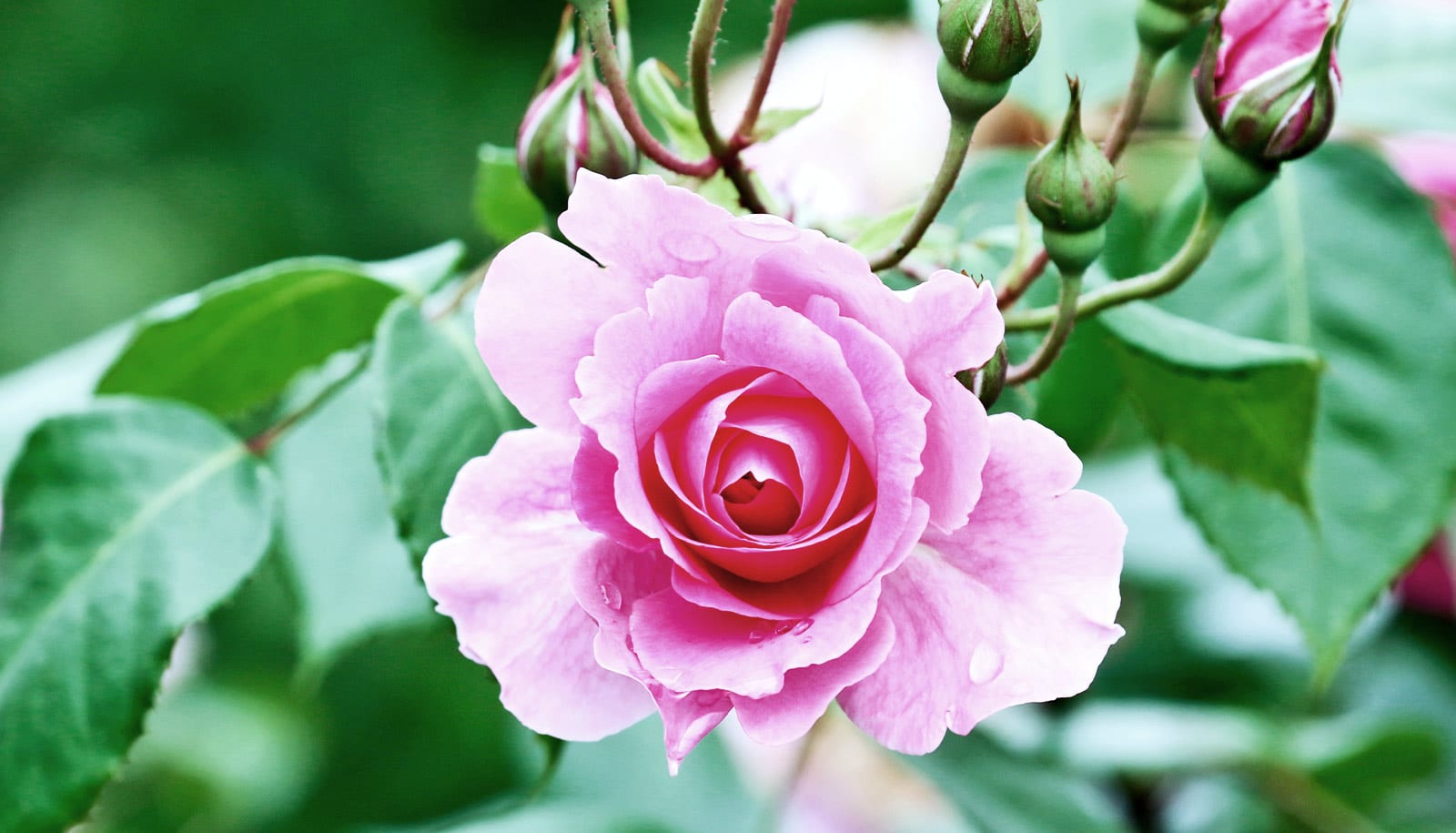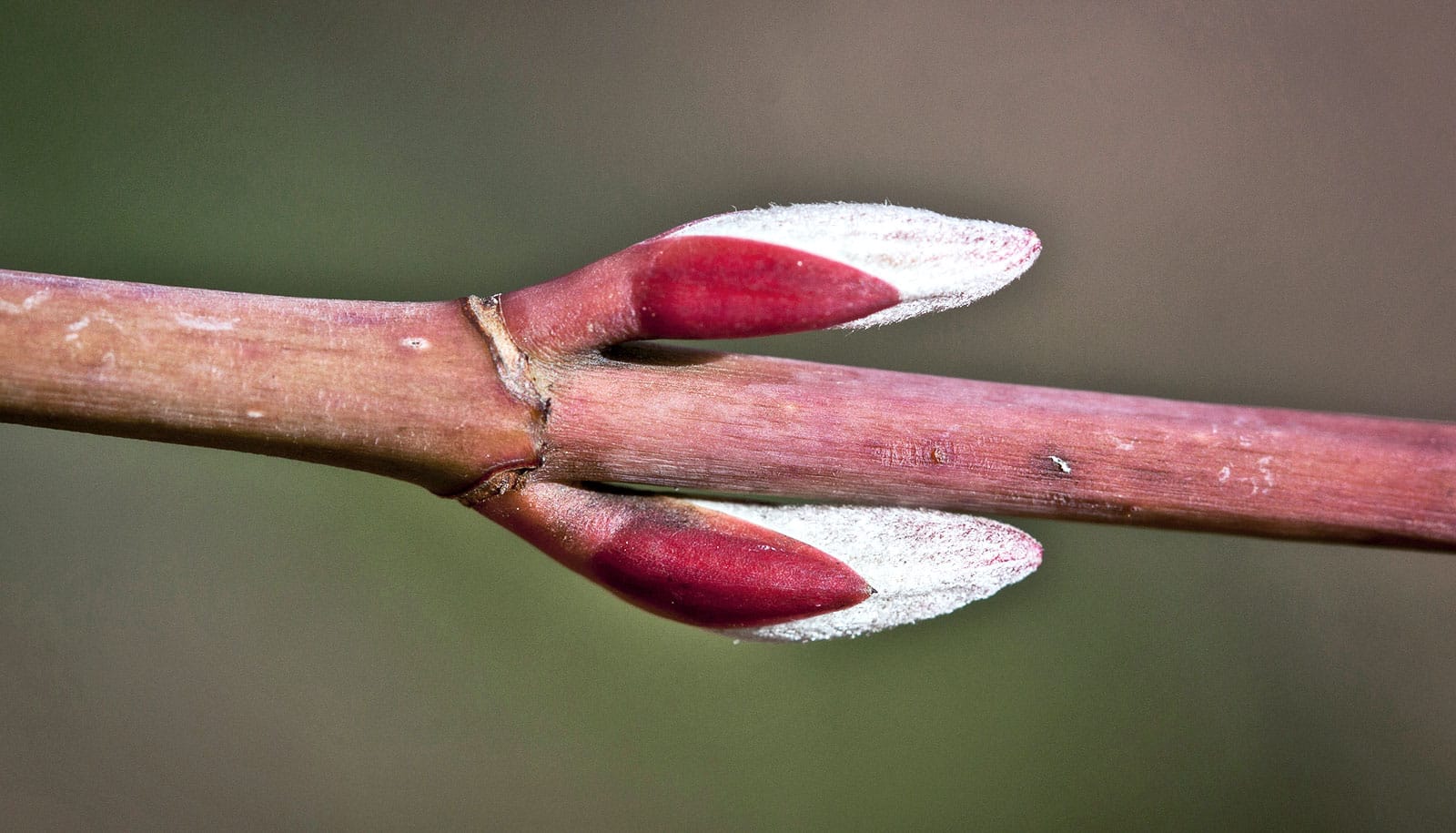Plant sex relies on a combination of prodding and a lot of communication and guidance, according to a new study.
It’s a process that is fraught with challenges, namely:
- The sperm, two of which are housed in each grain of pollen, can’t move on their own and the egg cell is deeply embedded in the pistil (the female tissues of the flower).
- To reach the egg, the sperm rely on a pollen tube that extends into the pistil. These invasive tubes are the fastest growing cells in the plant kingdom, growing up to 1 to 2 centimeters (or 500 times their original dimension) an hour, and can sometimes extend up to 30 centimeters, depending on the anatomy of the flower.
- To fertilize the egg, the pollen tube (which is between 1/20 and 1/5 of the width of a human hair) has to navigate through a maze of tissue, no matter what obstacles it encounters.
The phenomenon is well-documented and known to require communication at the cellular level with the female flower tissues, but relatively little is understood about the cell mechanics involved. So, scientists looked more closely at the growth force of individual pollen tubes using a microfluidic lab-on-a-chip.
“From a mechanical point of view, the process of pollen tube elongation is similar to that of a balloon catheter used in angioplasty—forces are generated based on fluid under pressure,” explains Muthukumaran Packirisamy from Concordia University’s mechanical and industrial engineering department. “So, we designed a microscopic cantilever with a gauge built-in that the pollen tubes had to forcefully push against in order to continue to elongate.”
“When the pollen tube encounters an obstacle, it changes its growth pattern, suggesting that the cells are in some ways able to ‘feel’ and respond to the physical resistance in their environment.”
“Thanks to the lab-on-a-chip technology we were able to actually see and measure exactly what was going on within the pollen tube as it grew,” adds senior author Anja Geitmann, the Canada Research Chair in McGill University’s plant science department. “We discovered that the water pressure and force that these tiny cells exert as they push through the plant tissue to reach their destination is equivalent to the air pressure we put in our car tires to keep them rolling.”
Geitmann notes, “What is even more exciting is that we found that when the pollen tube encounters an obstacle, it changes its growth pattern, suggesting that the cells are in some ways able to ‘feel’ and respond to the physical resistance in their environment. It’s very exciting to be able to see this process, and it leaves us with a lot of interesting questions ahead about male-female communication.”
The findings appear in the journal Technology.
The Fonds de Recherche du Québec (FQRNT) and a Concordia Research Chair funded the research.
Source: McGill University


